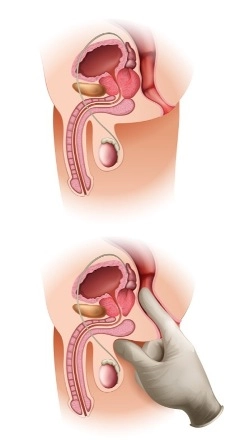Urology Coding Alert
Excisions:
3 Solutions Solve Your Biggest Penile Lesion Destruction Conundrums
Published on Wed Feb 15, 2023

You’ve reached your limit of free articles. Already a subscriber? Log in.
Not a subscriber? Subscribe today to continue reading this article. Plus, you’ll get:
- Simple explanations of current healthcare regulations and payer programs
- Real-world reporting scenarios solved by our expert coders
- Industry news, such as MAC and RAC activities, the OIG Work Plan, and CERT reports
- Instant access to every article ever published in Revenue Cycle Insider
- 6 annual AAPC-approved CEUs
- The latest updates for CPT®, ICD-10-CM, HCPCS Level II, NCCI edits, modifiers, compliance, technology, practice management, and more
Related Articles
Other Articles in this issue of
Urology Coding Alert
- Excisions:
3 Solutions Solve Your Biggest Penile Lesion Destruction Conundrums
Hint: Lesion type guides your decision on coding from the 54050 series or not. If [...] - Radiation Oncology:
Strengthen Your Brachytherapy Coding With These Dos and Don’ts
Watch out for code bundles. Your urologist may use brachytherapy — the placement of radioactive [...] - MPFS Final Rule:
Know Your Payer Before Reporting +99292
CMS changes its tune on how you’ll count critical care time. If you focused your [...] - News You Can Use:
Keep Operating Under PHE Rules — For Now
But start preparing, because an end is in sight. On Jan. 11, Department of Health [...] - You Be the Coder:
Identify the Main Procedure for Proper Dx Coding
Question: Below is my provider’s surgical note. As documented, they performed a robot-assisted laparoscopic prostatectomy with [...] - Reader Questions:
Include Escutcheonectomy in Repair Code
Question: How would I code escutcheonectomy? The patient is having scrotoplasty and buried penis repair. Wisconsin [...] - Reader Questions:
Capture All Components of In-Office Marker Placement
Question: Can I report fiducial marker placement that my urologist performs in the office? If so, [...] - Reader Questions:
Update Your Palmetto Ablation Guidance
Question: I read that Palmetto has changed its rules on transurethral waterjet prostate ablation. Is that [...]
View All




